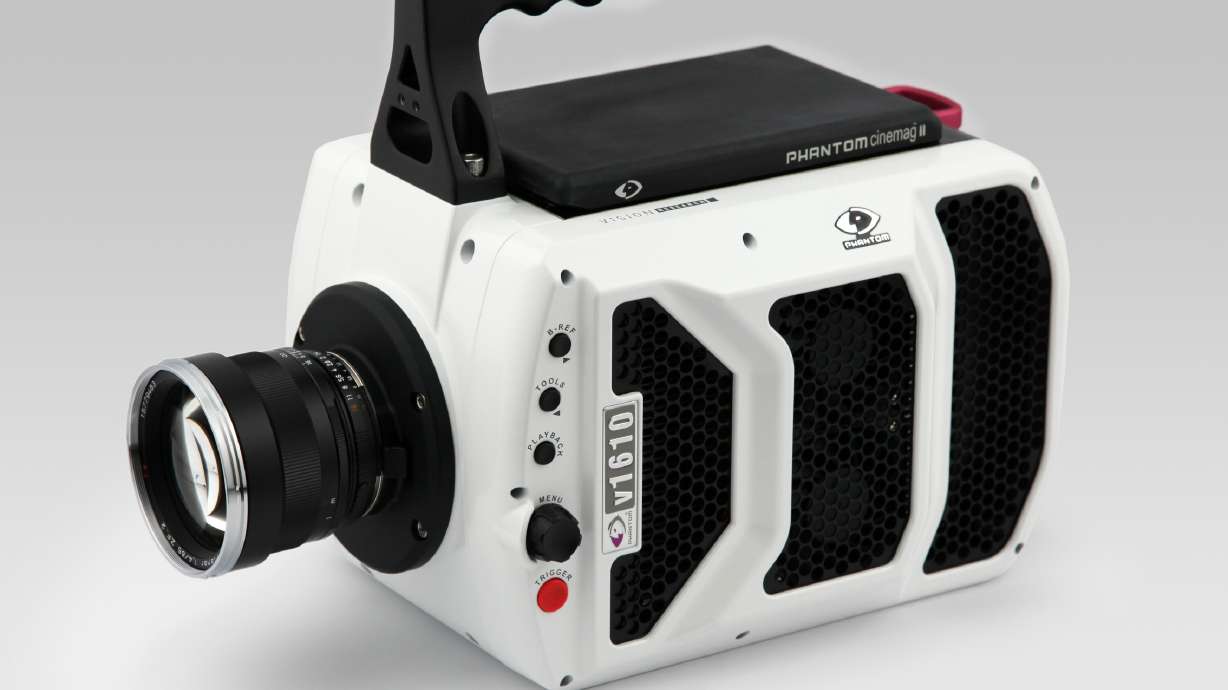Estimated read time: 2-3 minutes
This archived news story is available only for your personal, non-commercial use. Information in the story may be outdated or superseded by additional information. Reading or replaying the story in its archived form does not constitute a republication of the story.
SALT LAKE CITY -- Extreme slow motion seems to be a much more common effect in the film industry. Vision Research has been a big player in this as a provider of high-speed cameras, providing speeds in excess of 10,000 FPS, or frames per second.
The Phantom v1610, the latest offering from Vision Research, will bump that number to extreme heights.
The camera was just recently announced, along with the specs and a fairly hefty base price tag of $100,000, depending on your quote.
Most modern films are shot at 30 frames per second.
Vision Research uploaded a selection of demonstration videos to highlight the v1610's abilities, including a showcase of fluttering butterfly wings and an underwater impact shot. The imagery is quite impressive, providing the viewer with an exceptionally detailed view of collectively simple performances.
"With our proprietary widescreen CMOS sensor, the v1610 can acquire and save up to 16 gigapixels-per-second of data," Vision Research said. "That means at its full megapixel resolution of 1280 x 800, you can achieve 16,000 frames-per-second (FPS)."
A standard video camera will record a certain number of images in a given time frame. Slow motion cameras like those provided by Vision Research record many times that number of images, and play those back at the same rate as a normal video. The action is slowed as a result of the increased number of images recorded by the camera. The higher the FPS, the more images are being captured in a given amount of time, enabling the video to be played back at a much slower rate.
When brought down to its minimum resolution of 128 x 16, the camera is capable of shooting video at one million frames per second. As a reference point, most modern films are shot at 30 FPS. Therefore, if you were to watch 10 seconds of film shot at 1 million FPS at a viewing rate of 30 FPS, you would spend nearly four days doing so.








